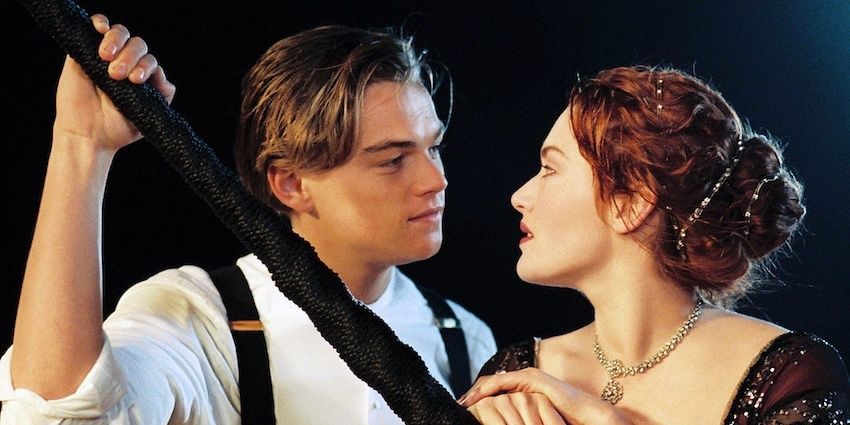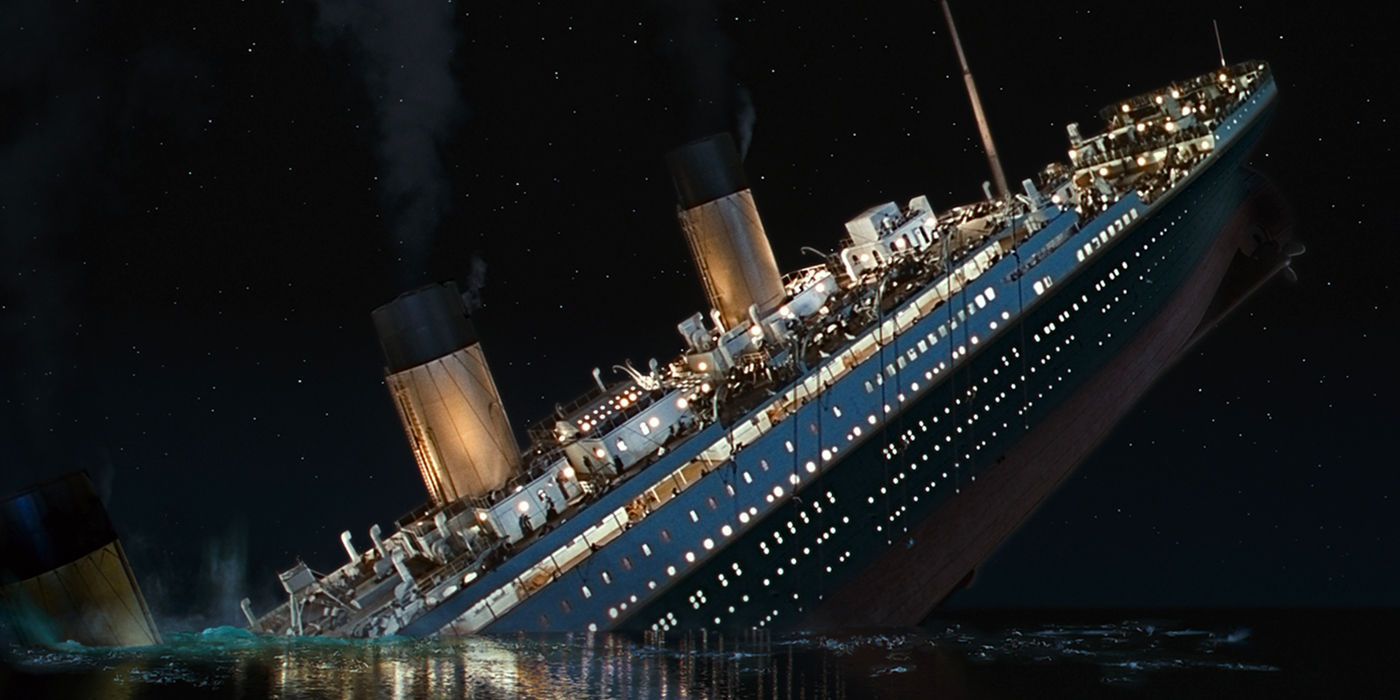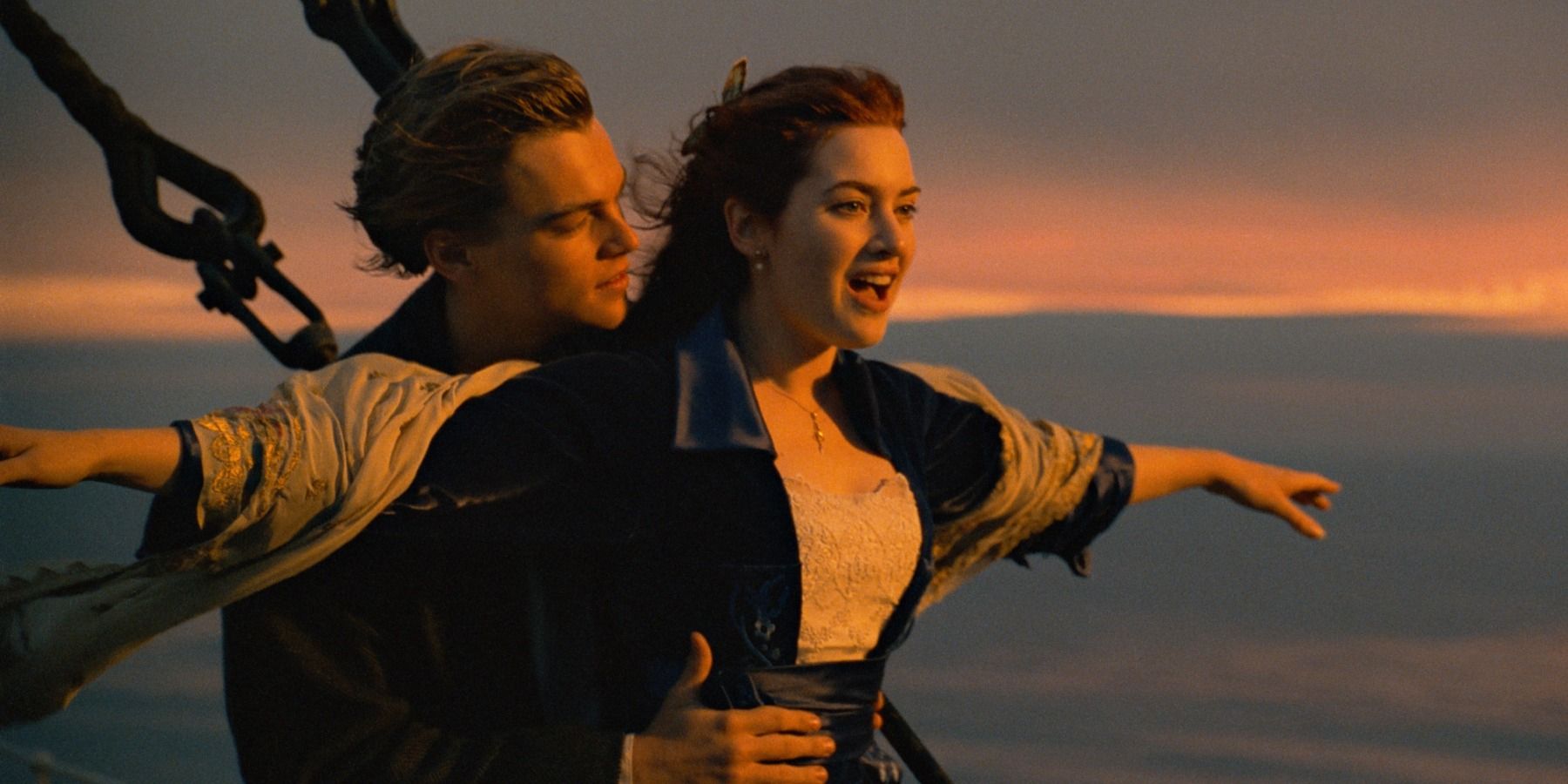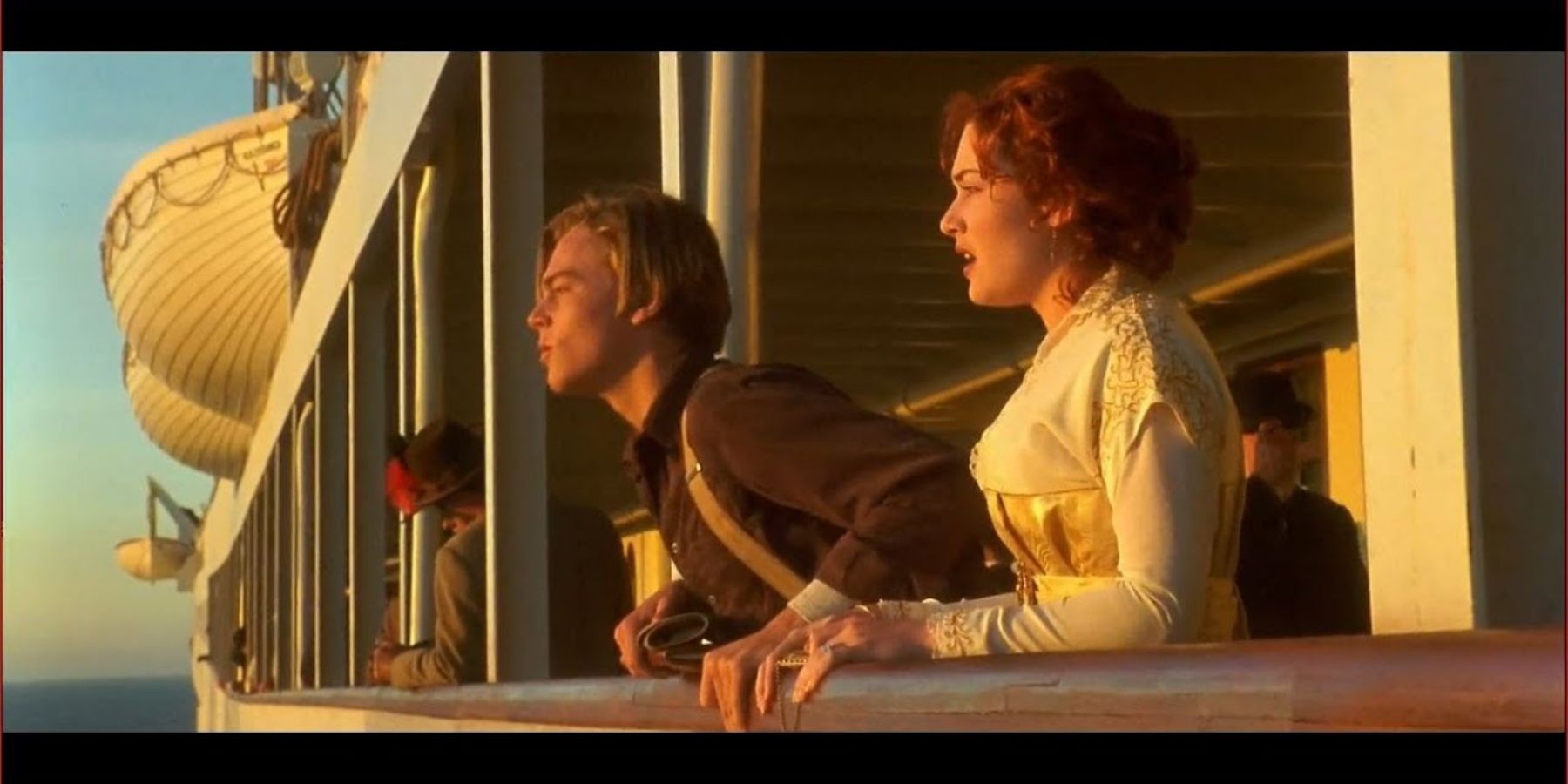James Cameron's Titanic, one of the most beloved romantic stories of the past few decades, is celebrating its 25th anniversary this year. In the film, the historical tragedy of the sinking of the Titanic is framed through the romance of Jack Dawson and Rose DeWitt Bukater, and was a technical and visual marvel of its time - and still holds up to this day. Kate Winslet and Leonardo DiCaprio's performances as Jack and Rose respectively were so moving that they furthered the two actors in their careers (which were already starting to take off due to their earlier roles that had put them on the radar) and fully launched them into icon status.
The story of Jack and Rose is so compelling that while it's the stuff of dreams - the kind of thing that could only come from a fictional romantic epic - it also feels so authentic. This has led many to wonder over the years whether or not the story presented in the movie Titanic is actually based on a true story. Obviously, the sinking of the Titanic itself was a historical event, but were Jack and Rose real people? Was their love story based in any truth at all?
The Inspiration For Titanic
The initial idea behind Titanic came from James Cameron's interest in shipwrecks. He had been a diver for many years, and he had wanted to visit the site of the Titanic as it was the "Mount Everest of shipwrecks". He admitted in an interview in 2009 that he made Titanic mostly because he wanted to dive down and see the wreck itself, not primarily because he actually wanted to make a movie about it. However, he did become invested in creating the tale, as he wanted to tell the story of the Titanic while also adding a human element to it that would make it even more compelling for audiences.
Were Jack and Rose Real?
Though Jack and Rose feel so real and fleshed out as characters, no such love story actually happened historically, at least not on the Titanic. There is no recorded instance on the ship of a first-class woman falling in love with a third-class man, but their individual characters did draw inspiration from some real-life figures. James Cameron revealed that Kate Winslet's Rose was inspired by someone who was actually not even connected to the Titanic: American artist Beatrice Wood. Cameron was reading her biography while developing the movie, which is where his inspiration came from. Wood was an artist who came from a wealthy socialite family. Cameron felt that the biography's description of Wood really fit the character of "Old Rose", and that Rose's character in the movie took a little bit of Wood's personality and mixed in a lot of fictional elements along with it.
Jack wasn't inspired by any one person in particular, but his name is very similar to that of a person who actually was on the Titanic. There was a man who signed his name as "J. Dawson" that was aboard the ship, though the "J." stood for Joseph (not Jack), and he was born in Dublin, Ireland. He also wasn't just a passenger, but was actually part of the ship's crew and worked as a coal trimmer. However, Cameron didn't even see the information about Joseph Dawson until after the script had already been finished, so the similarities in the name and social standing were pure coincidence.
Which Parts of Titanic Are Based On True Events?
While Jack and Rose weren't really aboard the Titanic, there are other parts of the film that are directly based on true events. For instance, the reason the Titanic sank in the movie was also the real-life reason that the ship sank, as is common knowledge. The ship really did hit an iceberg, which caused damage to the hull which in turn led to the Titanic taking on water. The crew was unprepared for this kind of emergency, and the Titanic only had enough lifeboats for about half of the passengers on board, and even then, a lot of the lifeboats departed from the ship only half-full. They were unable to carry out a proper evacuation, which led to many of the lower-class passengers getting left behind on the lower decks of the ship.
Kathy Bates' character Molly Brown was one of the few characters from the movie that was actually based on a real Titanic passenger. Margaret Brown was a socialite and philanthropist that did not come from a wealthy family, but managed to come into money when her husband's mining engineering efforts helped produce a substantial ore seam. She separated from her husband in 1909, but they remained amicable and he gave her an allowance which allowed her to fund her travels and social work. When the Titanic started to sink, Molly Brown helped a lot of other people onto lifeboats and had to be convinced to get onto a lifeboat herself to leave. When the survivors were picked up by the RMS Carpathia, Brown organized a survivor's committee to help get supplies and necessities for the second and third-class passengers.
One of the most iconic pieces of Titanic history, which was also depicted in the film, is that the ship's band continued to play as it sank. This did really happen, though it's unclear exactly which song was their last; some sources said it was "Song d'Automne", while others claimed it was "Nearer, My God, To Thee". One of the other heartbreakingly iconic moments in the film is the scene in which the elderly couple decides to stay in their room and embrace each other as their room continued to fill with water. This moment was also based on a real couple - Macy's owner Isidor Straus and his wife Ida. The couple was offered space on a lifeboat, but Isidor refused to take it when there were still women aboard. Ida refused to leave her husband, and they were last seen together by survivors sitting at a pair of deck chairs. Only Isidor's body was recovered in the end.







